A Comprehensive Guide to LinkedIn Sponsored Updates
Although often underrated or reduced to a “networking platform,” LinkedIn has the potential to help you drive traffic to your website, increase brand awareness, and boost your revenue. How? Through LinkedIn sponsored updates or ads.

Although often underrated or reduced to a “networking platform,” LinkedIn has the potential to help you drive traffic to your website, increase brand awareness, and boost your revenue. How? Through LinkedIn sponsored updates or ads. In this comprehensive guide to LinkedIn sponsored updates, we’ll tackle the big questions — what are LinkedIn sponsored updates, how do they work, and how much do they cost? We’ll also offer a list of sponsored updates best practices to help your brand make the most of this social content solution. Also called sponsored content, the official LinkedIn help page says a sponsored update is “a LinkedIn Page update that is sponsored as an advertisement and is delivered to the LinkedIn feed of members beyond those who follow your company.” LinkedIn sponsored updates are advertisements created by your company or marketing team. These are then served to LinkedIn users who either follow your page or follow pages in similar content space. Users can find these ads on their native LinkedIn feed. The sponsored updates typically include a combination of relevant text and contextual images or videos. This helps them blend in with similar user content rather than standing out as paid-for advertisements. When designed and deployed well, LinkedIn sponsored updates can help drive organic interest in your brand from current followers and a wider audience of LinkedIn members. Worth noting? While these posts are designed to follow the format of familiar user updates, they’re always labeled as “sponsored content” to ensure there is no misleading or confusing users. Brands can create four types of direct sponsored updates. Single image ads include one image with text displayed directly in targeted members’ LinkedIn feeds. Carousel ads contain multiple images in succession that users can scroll through to get a better sense of your products or services. Video ads offer a way to include multimedia marketing with in-feed videos that users can watch on demand. If you want to expand your team, you can create single job ads for your targeted audience. They must promote a single job opportunity and be linked to an active LinkedIn post. Use document ads to share relevant content with users in the form of ebooks, whitepapers, testimonials, or case studies. You can collect lead information before they open or download your document, and you can track user engagement through the number of downloads and how much of your document is read. Event ads allow you to promote events you’re organizing through an ad campaign. You must create the event through LinkedIn first, then turn it into sponsored content to target your desired audience. You can also create what’s known as “direct sponsored content.” These ads won’t display on your LinkedIn Page or Showcase Page before being served as advertisements. As a result, companies often use them to test several marketing approaches, see which one produces the best results, and use them as the basis for more robust sponsored content updates. The short answer is that more resource-intensive ads — such as videos or carousels — will cost more than their single-image counterparts. The long answer is slightly more complicated. First, it’s essential to understand that LinkedIn uses a bidding model for sponsored ads. You select and create your ad type and then specify how much you’re willing to pay — a minimum price exists to ensure advertisers are fairly paid. Still, you’ll never be charged more than your maximum upper limit. Differing ad providers then bid on the service, and the lowest price wins. Your target audience and relevance score also determine ad price. For example, if your target audience is in high demand, you’ll be charged more because there’s greater competition to capture user interest. You can also lower your ad costs by creating relevant ads. The more relevant and content-rich your ad, the less you’ll pay — because there’s a better chance of engaging LinkedIn users. It’s also worth considering the best cost model for your ad: Cost-per-click (CPC) or cost-per-impression (CPM). CPC means you only pay when users click on your ad and visit your site, while CPM means you pay for every 1,000 views or “impressions” of your ad. If your goal is generating brand awareness, opt for CPM. Choose CPC if you have an established audience and want to drive click-throughs and conversions. Want to get the most from your LinkedIn sponsored updates? Keep these best practices in mind. Each type of sponsored content comes with its own specifications. Single image ads require the following: Carousel ads require the following: Video ads must be: Single job ads should be concise, relevant, and clear. They must have: Document ads require the following formatting: When it comes to event ads, be sure to consider the following: Failure to follow these guidelines may result in ads being rejected. In addition, if ads contain misleading or inappropriate content, LinkedIn may choose to remove the ads or terminate your LinkedIn account. The service also clarifies that “spam” posts are not permitted. According to their Best Practices for Sponsored Content page, “Businesses that post updates excessively are subject to review by LinkedIn and could risk having their LinkedIn Page deleted.” While targeted, relevant content can help drive user interest, too many ads too quickly can result in over-saturation. LinkedIn recommends regularly tweaking your content strategy to deliver analysis rather than simply news, including curated content (with credit) from other sources and repurposing older content where applicable. As noted above, direct sponsored content is a great way to try out new advertising efforts and see what sticks. With the social media market continually evolving, it’s worth evaluating ad performance every few weeks to see what’s working, what isn’t, and where specific changes can help. Sponsored updates can get expensive as you incorporate new advertisements and use multiple ad types. Here, it’s worth tracking your ad spend and switching from CPC to CPM models once click-through rates start to rise. If ads lose steam, consider moving back to CPM to generate increased awareness. While engaging your target market is critical, diversifying ad objectives is also important to expand your overall impact. LinkedIn recommends using tools such as Lead Gen Forms to find better leads, assess ROI, and manage your advertisements at scale. LinkedIn’s sponsored update model offers a streamlined solution to help brands reach their target market, expand brand awareness, and boost ROI. Best bet? Start with direct sponsored content to see what sticks, then choose the cost model that makes the most sense — CPC or CPM — and adjust as needed to reach the largest LinkedIn audience.
What are LinkedIn sponsored updates?
What types of sponsored updates are available?
Single Image Ads
Carousel Image Ads
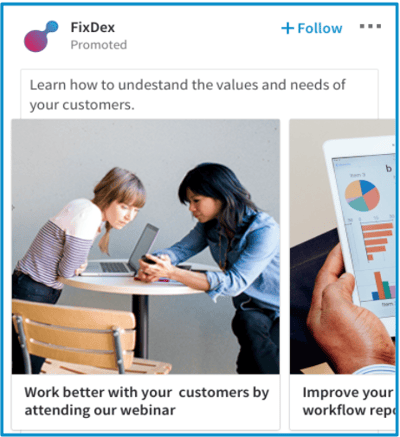
Video Ads
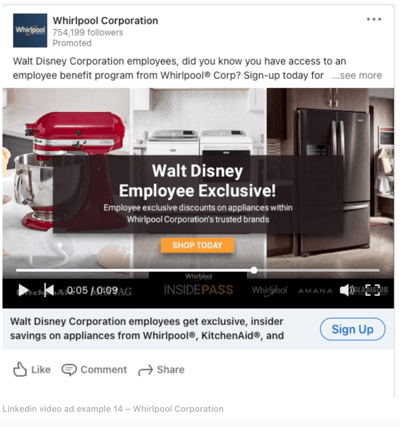
Single Job Ads
Document Ads
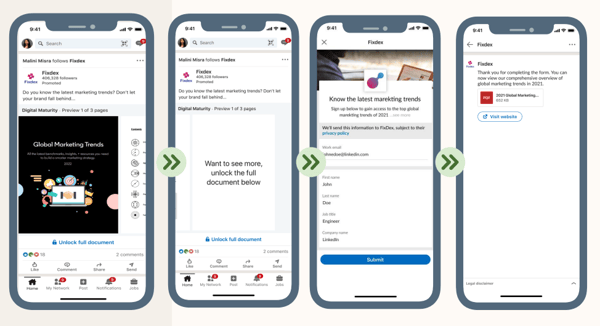
Event Ads
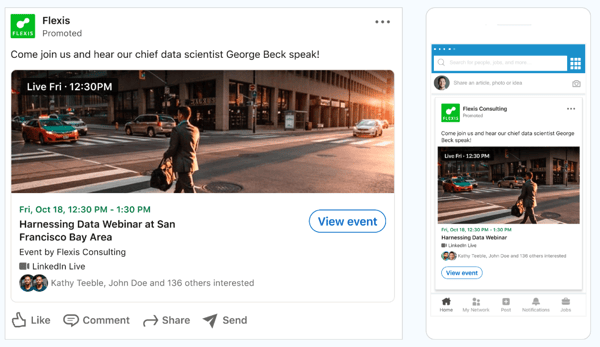
How much do LinkedIn sponsored updates cost?
LinkedIn Sponsored Updates Best Practices
1. Follow LinkedIn sponsored update specs.
2. Don’t overshare.
3. Test, test, test.
4. Spend wisely.
5. Find new markets.
Start Creating LinkedIn Sponsored Updates

 JaneWalter
JaneWalter 
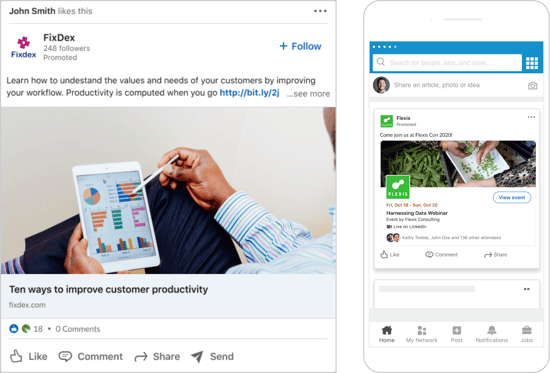
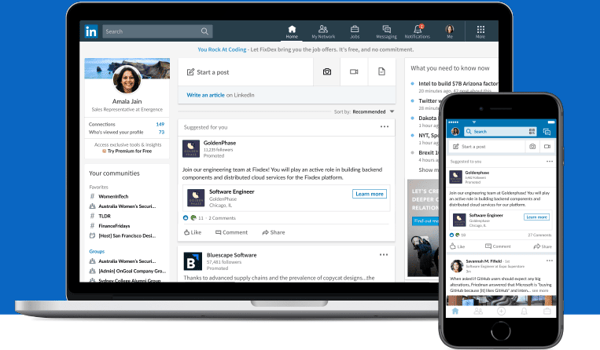
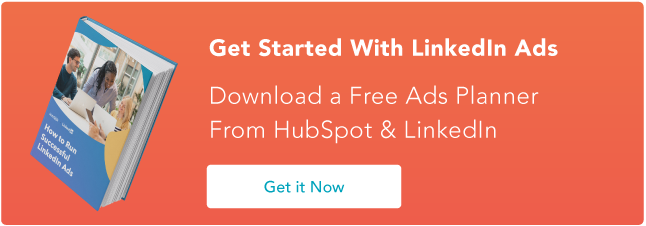









![The Top 7 Marketing Challenges Faced Globally in 2022 [HubSpot Data + Expert Tips]](https://blog.hubspot.com/hubfs/marketing%20challenges%20in%202021.jpg#keepProtocol)
_2.jpg)

![Product Market Fit with Scott Cunningham [VIDEO]](https://www.digitalmarketer.com/wp-content/uploads/2022/05/Copy-of-FACULTY_KasimAslam-1920-×-1080-px-2.png)



















